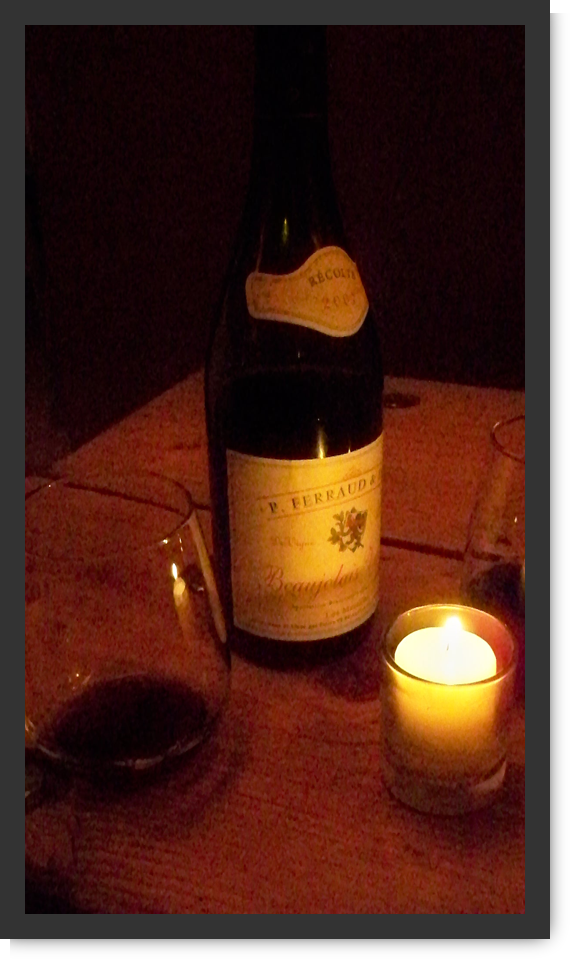Beware – Bad Stories Just Sound Better
A Happy Tale
I just returned from a wonderful vacation to Seattle to visit a long-time friend. He took time off from Boeing to show me the Emerald City, and did a great job, despite the rain’s best efforts to keep us inside. One pleasant evening, as we walked down toward the water through the quaint neighborhood of Wallingford, it began to sprinkle. We were, perhaps, a fifteen-minute walk from his condo and so we ducked in to what looked like a cozy bar.
The sign read “The E.N.D – Wine Bar.” It was warmly lit with a half-dozen wooden tables, jazz was on the stereo, and we were immediately greeted by the manager carrying two complimentary glasses of champagne. We were then shown the menu (there was just one hand-printed menu in the middle of the restaurant) and the wine selection (no wine list, just shelves of wine arranged by varietal, and all equally priced). Simple, elegant – we were sold. My friend’s girlfriend joined us shortly thereafter for what turned out to be a wonderful evening of wine, fantastic appetizers, and jazz.
Positive Reviews are Rare
The fact that I’m writing this positive review says a lot about my experience – which was indeed outstanding – because such positive reviews are rarer than the experiences that precipitate them.
Simply put, fewer people choose to talk about positive experiences than negative ones. Why? Well, positive experiences are, generally, not nearly as interesting as negative ones. I mean, when was the last time you read a book or watched a movie about a story where everything went according to plan? I’m not sure I ever have.
Because storytelling seems naturally biased toward negative experiences, the necessity to meet customer expectations is that much more important – perhaps unfairly so. A positive customer experience may have little noticeable positive effect, but a negative experience can have large (and rapid) negative consequences.
Your Responsibility
Thus, as a business owner it’s integral to not only provide consistent, expected levels of product and service quality, but also to monitor what your customers truly think about your brand. Social media (like Facebook and Twitter) provide one way for you to easily test the waters of customer satisfaction, and frequent observation will allow you to find and communicate with those disgruntled customers before their discontent can snowball.
Happy Endings
But there’s a happy ending (if you create one). Firstly, Facebook fan pages provide an easy place for people to learn about your business and for you to watch their reactions. And since your “fans” seem to comment most in this particular medium, the comments about your business (on your fan page) are almost always supportive of what you do.
More importantly however, the best stories are those in which, despite the difficulties, the problems are resolved and the protagonist is made right. You’ll find – over time – that your most loyal customers are those for whom you’ve fixed some sort of problem. Thus, despite the superficial rhetoric to simply relabel “problems” as “opportunities”, bad occurrences are perhaps your best chance to provide the full storytelling experience for your customers and create a level of customer loyalty that may, perhaps, arrive only after hardship.
That doesn’t mean that the full bottle of Sapporo that I, while working as a waiter at a sushi bar years ago, once dropped on a dinner guest was purposefully spilled. Nor should you consider manufacturing grievances. But I did buy their dinner, and the next round of drinks!
For a list of some other interesting business mistakes – and what companies did (or didn’t do) to remedy them, enjoy the following link to the bnet.org article entitled “Business Blunders of the Year”.
And here’s a great article on the power of Yelp.


